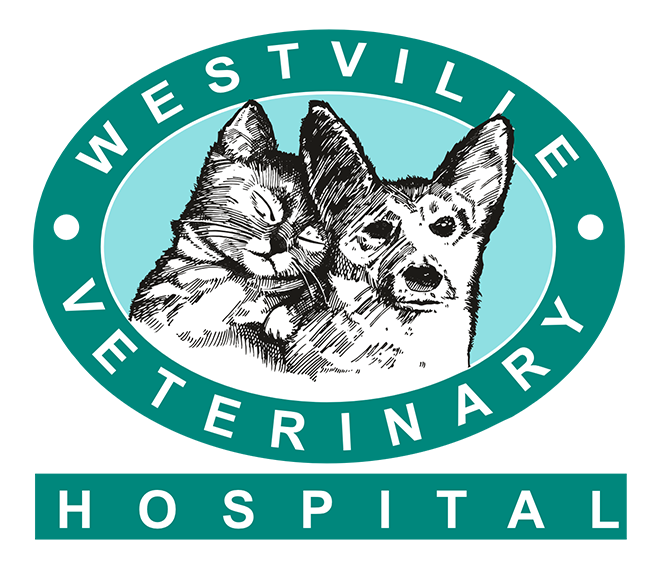Oncology (Diagnoses and Treatment of Cancer)
Prevalence of cancer in pets
It has been our experience over the years that cancers of various kinds are increasing in prevalence in the pet population. In fact, it may be that almost half of dogs over the age of 10 years will develop some form of cancer, thus constituting a major cause of illness in older pets. Around one in three cats may develop cancer during their lives. In addition, certain breeds appear to have an increased risk of developing cancer than other.
Types and Causes of cancer
It is important to bear in mind that “Cancer” is not a single disease. The term covers a multitude of separate disease entities. These include types of tumours that are classified as benign (non-aggressive), and those which are malignant (aggressive, likely to progress or spread).
Malignancies also have various causes, some of which may be environmental (sunlight, parasites, chemicals), and it has been known for decades now that cancer is a genetic disease (hence the breed predispositions mentioned earlier). This understanding developed from decades of research in people with certain kinds of breast cancer (and other kinds), for example.
Symptoms
Cancers may present with many different symptoms, from weight loss and malaise to anaemia, loss of appetite and many other manifestations.
A discreet lump or growth is not always visible or obvious. Even small lesions that appear benign may in fact be more sinister. This unfortunately means that cancer very often does not show up until it has already spread to other areas of the body. We therefore would always recommend having any lump or bump checked by your vet as early as possible.
Keys to effective cancer treatment:
The golden rule in cancer treatment is early detection of the condition. Many cancer types carry a much more favourable outcome when detected early in the disease process. Early diagnosis often allows more therapeutic options and ensures a better outcome.
Accurate diagnosis is another important factor. This is usually achieved by means of a procedure known as a biopsy, and may be augmented by additional tests which allow staging of the cancer. This information is used to formulate an individualised treatment plan for your pet.
Treatment
Treatment of cancer in pets has certainly evolved over the last few decades. The important difference between cancer therapy in humans, and that offered for pets, is in the goals of therapy. While your pet may be very similar biologically to humans, the chance for survival is remote. Therapies are therefore directed at preserving quality of life where tumour control or remission is the aim rather than cure at any cost.
The goal of veterinary cancer therapy is to achieve a "complete clinical remission" or to make the pet as normal as possible with no outward evidence of cancer.
Often the treatment starts with surgery. If the surgeon is unable to remove all the tumour cells without causing compromise to your pet’s quality of life, then radiation therapy may be offered as a follow-up. If the tumour has spread to other sites, or if the risk of spread is very high, then treatment may involve the use of anti-cancer chemotherapy medications. They are used in a set format, or "protocol". Various such protocols exist, using slightly different drug sequences and dosages.
It is important to recognize that although cancer is a rarely curable disease, your pet can be treated in such a way that a high quality of life is achieved following diagnosis.


